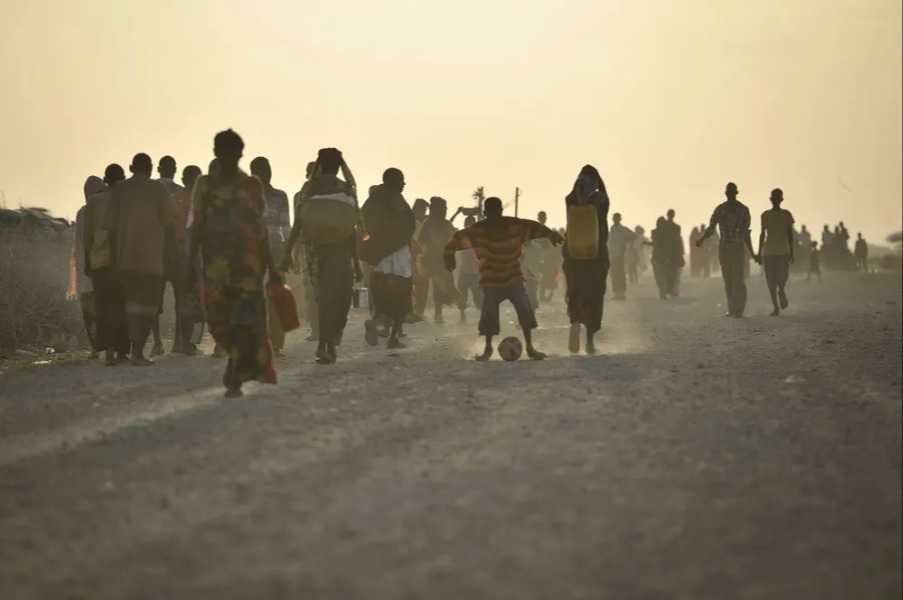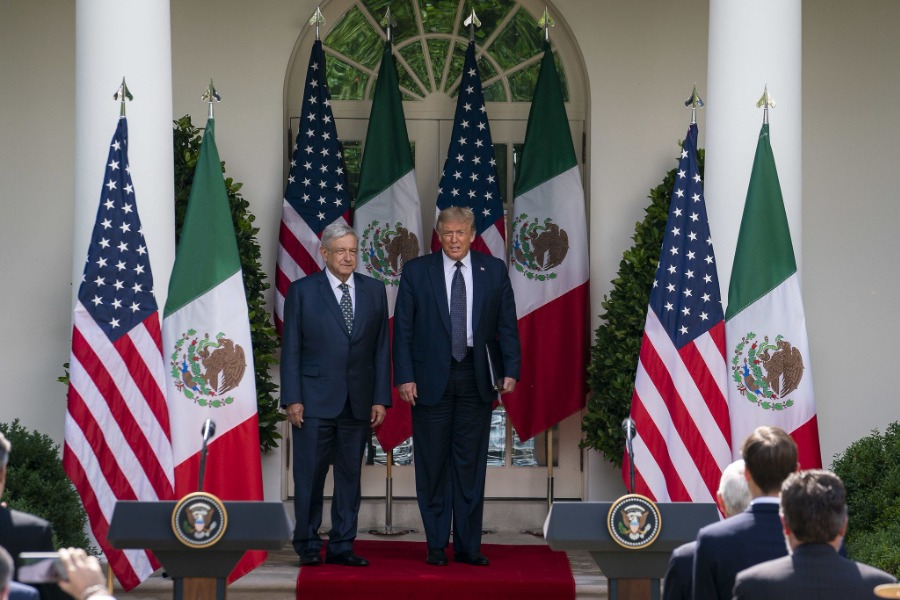Transatlantic Dialogue on IHL and IHRL
Published by The Lawfare Institute
in Cooperation With

Updates in the overlap between IHL and IHRL
What have the major updates in the interplay between IHL and International Human Rights Law (IHRL) been over the past year? Has IHRL gone too far into influencing IHL? What are the effects of this interplay?
Accountability for violations of IHL
This session will address the issues of transparency, accountability, and investigations into violations of IHL. What obligations exist, and are they sufficient? How does IHRL affect this issue and should it in the first place? Are the obligations sufficient? What domestic or international legal precedents exist for holding States or individuals accountable in the recent conflict in Afghanistan, for example?
Partnered operations and security cooperation: examining hypothetical situations
States are scaling down their direct foreign military interventions and are increasingly providing support to foreign States through security cooperation. The most obvious forms of cooperation are military training and weapons transfers, but States cooperate in many other ways, including intelligence, logistics arrangements and “proxy” detention. Additionally, States undertake capture operations, as well as targeting, sometimes without the consent of the sovereign on whose territory they operate. Under Common Article 1 of the Geneva Conventions, States have an obligation to “ensure respect” of the Conventions. Given that, what is the responsibility of States for ensuring their partners respect IHL? Is there an obligation to prevent violations or stop on-going violations? Is there an obligation for ensuring violations are investigated and perpetrators held accountable? This session will center on specific hypothetical situations that illustrate the debate.
Military operations beyond the traditional battlefield
With the extension of military operations beyond the traditional battlefield, questions about the legality of the use of force have emerged. The issue is particularly relevant when armed forces are asked to operate in contexts traditionally left to law enforcement and in counterterrorism operations. How much force can the military use when acting domestically to suppress riots or community violence? Should counterterrorism operations, including drone strikes, be conducted as law enforcement operations or under an armed conflict model? Why does it matter?
Regulating NIAC through extension of IAC norms: Origins, pragmatics, and limits to this concept
Substantial thought has been put into applying International Armed Conflict (IAC) standards to Non-International Armed Conflicts (NIACs) with a varying degrees of success. Where did this idea come from? How feasible is it? Are some norms more difficult to impose, and why?
Law at the end of conflict
At what point does armed conflict, particularly a NIAC, end? What are the criteria used to determine the end of a NIAC? Are the Tadic factors still the most useful factors to examine, or do they prolong an armed conflict? Not only is it essential to determine the end of an armed conflict to understand when IHL no longer applies, but also because of its implication, in particular, on the situation of people who are being detained in relation to the armed conflict and missing persons. After conflict has ended, how do IHL and IHRL come into play regarding detainees, missing persons, accountability, and other issues at hand?





